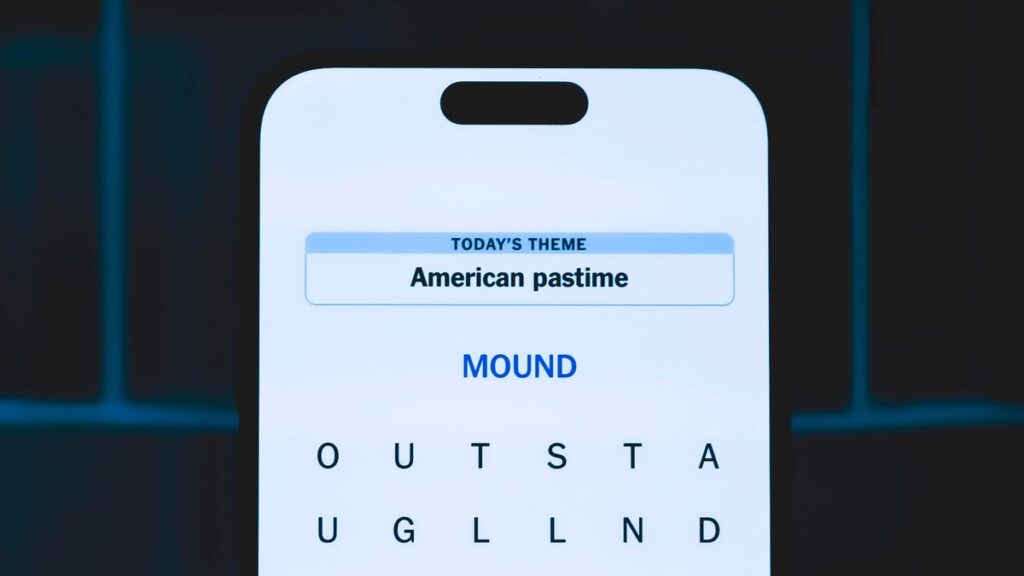
As puzzle enthusiasts dive into the New York Times’ Strands puzzle for September 4, 2025, they are met with a particularly challenging theme: “Far from ordinary.” This latest iteration of the popular word game has left many players searching for clues and answers, as they attempt to unscramble some of the toughest words yet.
The Strands puzzle, known for its intricate wordplay and thematic complexity, has become a staple for word game aficionados. Today’s puzzle, described as “not your average situation,” pushes the boundaries of creativity and linguistic skill. For those struggling to crack the code, hints and solutions are available to guide them through the maze of letters.
Understanding the Strands Puzzle
The Strands puzzle requires players to identify hidden words that align with a given theme. The objective is to uncover all the theme words, including the elusive spangram—a word that spans the entire puzzle grid. As players discover words of four letters or more, they unlock hints that bring them closer to solving the puzzle.
Today’s theme, “Far from ordinary,” challenges players to think outside the box. The clue words that can help unlock in-game hints include: BITE, CARE, RACE, DIRT, HIED, WIRE, MALL, PALL, REAL, QUIT, MADE, DAME, WALL, CENT, and BARE. These words serve as stepping stones to uncovering the puzzle’s secrets.
Today’s Answers and the Spangram
For those seeking the answers to today’s Strands puzzle, the non-spangram words are: ZANY, ABSURD, QUIRKY, MADCAP, BIZARRE, and ECCENTRIC. These words encapsulate the theme’s essence, each representing an element of the “Far from ordinary” motif.
The spangram, the crown jewel of the puzzle, is “OFFTHEWALL.” Players can locate this word by starting with the ‘O’ three letters to the right on the top row and winding their way down the grid. Successfully finding the spangram ensures that every letter on the board is utilized, marking the puzzle’s completion.
The Rise of Puzzle Culture
The popularity of puzzles like Strands reflects a broader trend in entertainment, where mental challenges are increasingly favored over passive consumption. According to a recent survey,
more than 60% of adults engage in puzzle-solving activities weekly, citing mental stimulation as a primary benefit.
This rise in puzzle culture has been attributed to the growing awareness of cognitive health and the desire for engaging, screen-free activities.
Experts suggest that puzzles not only enhance vocabulary and problem-solving skills but also provide a sense of accomplishment and relaxation. Dr. Emily Carter, a cognitive psychologist, notes,
“Puzzles like Strands offer a unique blend of challenge and reward, making them an ideal exercise for the brain.”
Looking Ahead
As the New York Times continues to innovate with its puzzle offerings, players can expect even more complex and engaging themes in the future. The success of the Strands puzzle is a testament to the enduring appeal of word games and the human fascination with language and logic.
For those eager to test their skills further, the NYT puzzle platform also offers daily challenges in the form of the Mini Crossword, Wordle, and Connections puzzles. Each game provides a unique twist on traditional wordplay, ensuring that there is something for every type of puzzle enthusiast.
In the ever-evolving world of puzzles, today’s Strands challenge serves as a reminder of the joy and satisfaction that comes from unraveling the complexities of language. As players continue to engage with these brain-teasers, they contribute to a vibrant community of thinkers and problem-solvers, united by a shared love of words.







